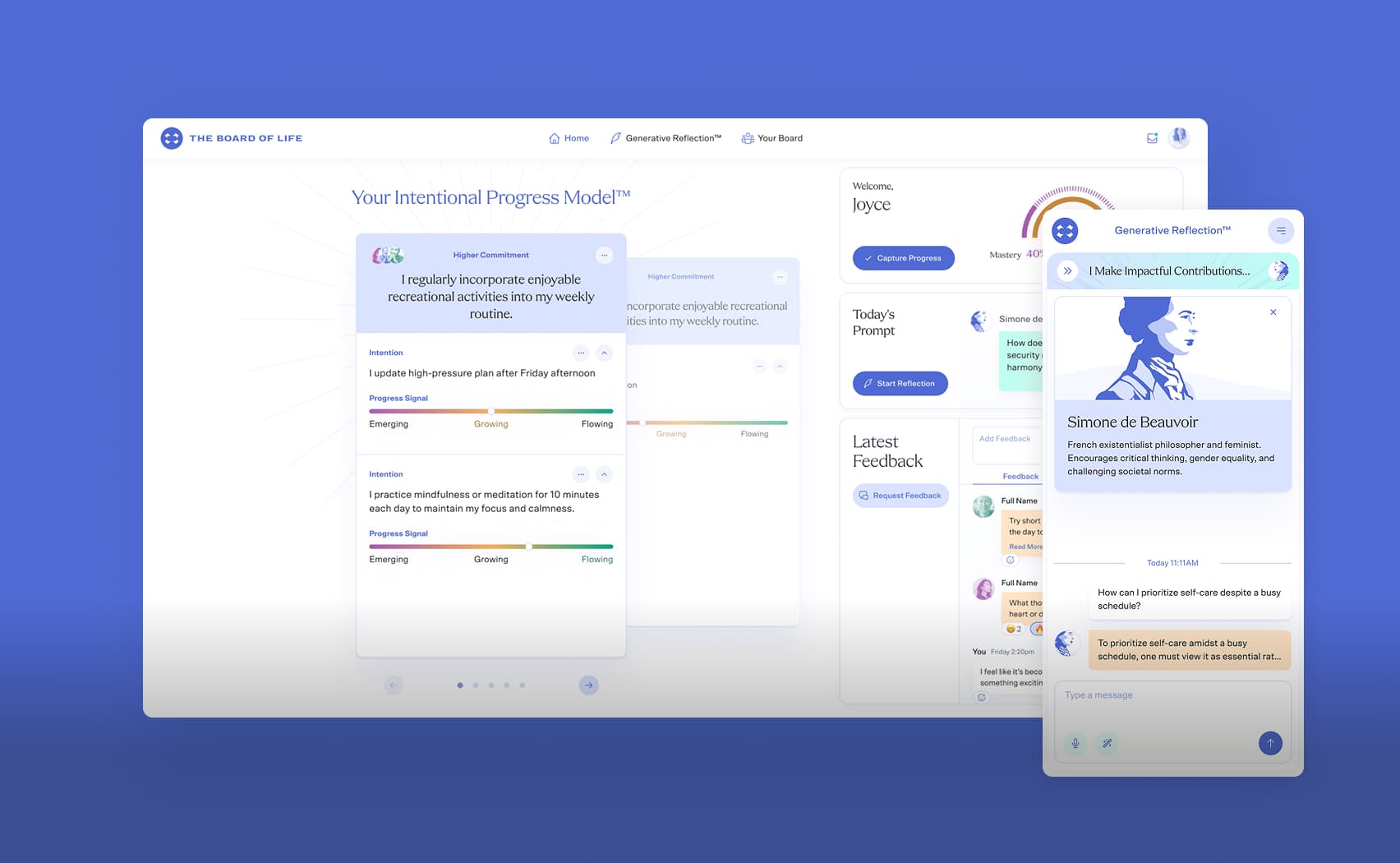How Test Driven Development Helps Teams Write Better Code
During the 1990’s and early 2000’s, new developments in the tech industry made developers need to write code differently.
The growth of the internet and the dot-com boom meant that startups had to get to market quickly to maximize growth. And the rise of object-oriented programming meant that programmers had to think and test their code in new ways.
As a result, development teams changed their strategies. They embraced new paradigms, like Agile and Extreme Programming. One important technique that became popular during this time was Test Driven Development, or TDD.
TDD is effective because it inverts the obvious way to write code. The naive approach is to write a program, and then test it. But in TDD, you write your tests first, and then write your code.
Over the long term, taking this approach saves time because it results in fewer errors. Studies by Microsoft and IBM found that TDD reduced defect rates by 40% to 90%.
How Test Driven Development Works
There are many frameworks for Test Driven Development. Although they vary in specific steps, TDD generally looks like this:
- Pick a specific function you want your code to have.
- Write a test for the function.
- Run all previous tests, plus the new one.
- Write code to pass the new test.
- Once all tests pass, refactor.
- Repeat 1-5 until the project is complete.
Some teams add other techniques to TDD, like Pair Programming or Continuous Integration. Although these techniques may complement and add to TDD, they are not the essential core of the practice.
Benefits of Test Driven Development
Test Driven Development offers several advantages compared to other forms of development. Specifically, TDD helps with:
- Airtight security
- Quality assurance
- Building clearer APIs
- Thinking through your code
- Writing tests for functionality
Airtight security
Software systems are only as safe as their least secure protocol. Fine-tuned unit tests let us check for every possibility and avoid security flaws. They also act as a way of documenting what security measures we do take.
Quality assurance
TDD should gradually cover every possible use case. It should aim for completeness, and not allow for any small bugs or glitches. Moreover, creating hundreds of little tests will train developers for thinking about every way that things could go wrong.
Writing tests for functionality
If nothing else, TDD will ensure that your team writes tests in the first place. It is all too easy for testing to become an afterthought, and to write fewer tests than needed. There are even developers who don’t write tests at all.
TDD will also ensure that you write the right kind of tests. It forces you to write tests for the exact function that you want to deliver. TDD makes developers sit down and formally determine the exact inputs and outputs of the code they want to write before they start writing it.
Writing tests after writing code, on the other hand, makes it possible to write tests that are geared more towards that piece of code, and less towards the core functionality of the project.
Thinking through your code
Good code is simple code. It is easy to quickly jump into writing, and wind up making mistakes. TDD slows things down, making developers think precisely about the project’s core needs.
Building clear APIs
TDD requires formal specifications up front, before any code is actually written. This means that you can start with documentation. Development teams can decide on a clear set of APIs first, and then build software around them.
Working the other way makes for muddier APIs by building them around the software instead.
Challenges
Like any other development practice, Test Driven Development has its own pitfalls and challenges.
Dependencies between test cases can create problems. If they are all connected and depend on each other, this creates a fragile, brittle structure that will break when you need to make changes. Each unit test should stand on its own.
Incomplete adoption of TDD means that the project will have varying levels of testing rigor. Everyone on the team needs to be on the same page when it comes to development practices.
Having too many tests, or overly precise tests, will slow down your entire operation. The goal is to have targeted tests that aim for the core functionality of the project.
Best Practices
To avoid those pitfalls, it helps to keep in mind a set of best practices.
- Use a consistent and simple structure for your test cases. TDD produces a lot of tests, so it is important that they be readable and easy to write.
- Write just one test at a time. Adding multiple tests introduces too much complexity. Just like in science, you want to pin down exactly one variable at a time.
- Keep your team in constant communication. It is often easier to see a potential error in code that you didn’t write, and this is one reason why Pair Programming is so effective.
- Use TDD as a coding technique, not a testing technique. The goal is to use testing as a way to produce smarter code, not the other way around.
Test Driven Development at JetRockets
Our clients come from many different industries, including finance, tourism, and healthcare. They rely on us to produce modern, high quality web apps and websites. They need top notch security and regular updates.
Test Driven Development is one of many technique that we use to deliver on these needs. It allows us to rapidly build and update code, test for airtight security, and guarantee high quality.
TDD reflects our core value of Results. The bottom line for our clients is software that works to satisfy their needs. Only a rigorous testing regimen can ensure that every feature needed is fully accounted for and functional.



